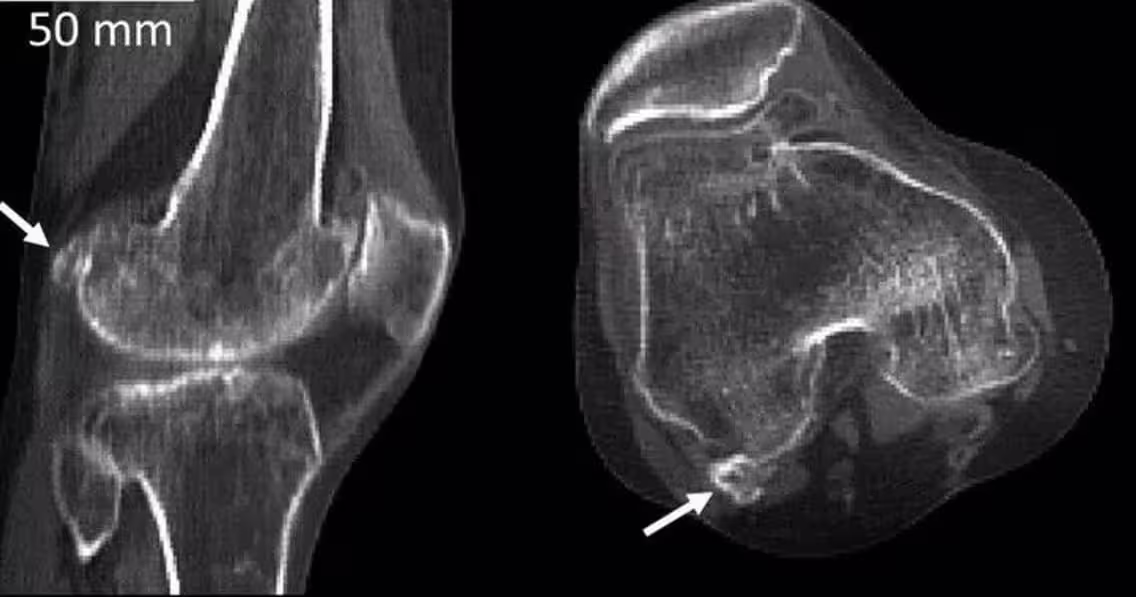The authors of the new study showed that evolutionary changes in the fabella, the small sesamoid bone in the knee, may have played a key role in humans walking upright. Although most primates have such bones, they are generally absent in hominids, including Homo sapiens, chimpanzees, gorillas, gibbons and others.
Scientists from King’s College London (England) analyzed the presence of the sidereal, which is closely associated with muscle tendons and joint capsules, in 93 different primate species. The results of the study were published in a journal Proceedings of the Royal Society B: Biological Sciences, The distinct evolutionary path of this small bone in humans and other hominids showed that it contributed to the changes that enabled human ancestors to master upright walking.
The team found that the fabella in humans has a different structure and is also not present in everyone. This small bone, located at the back of the knee and embedded in ligaments and tendons, is twice as common in patients with knee osteoarthritis, the researchers said.
“Despite years of research, the reasons why fabella are present in some individuals but not in others are still unknown,” the authors of the scientific study emphasized.
To further examine the three sesamoid bones in the knee, scientists turned to statistical models published over the past 100 years. The results showed that, with rare exceptions, tales in primates almost always develop in pairs. In hominids, the development of this knee bone appears to have followed a different path.
The authors of the study concluded that the lateral fabella of human ancestors eventually became used for upright walking, but further studies will be needed to confirm these findings.
“The novel use of this bone may have aided the transition of Australopithecines from crawling to upright walking,” the researchers wrote.
Their research creates new opportunities to study the evolution of posture and locomotion in hominids and highlights the importance of seemingly insignificant anatomical structures in the development of important adaptations in human evolutionary history.
Source: Port Altele
